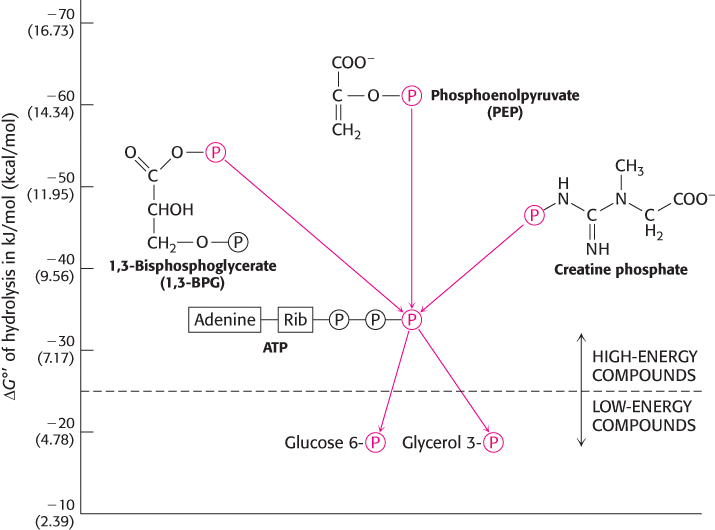
Compounds with high phosphoryl- l- h- l- r- 3-
[Data from D. L. Nelson and M. M. Cox, Lehninger Principles of Biochemistry, 5th ed. (W. H. Freeman and Company, 2009), Fig. 13-